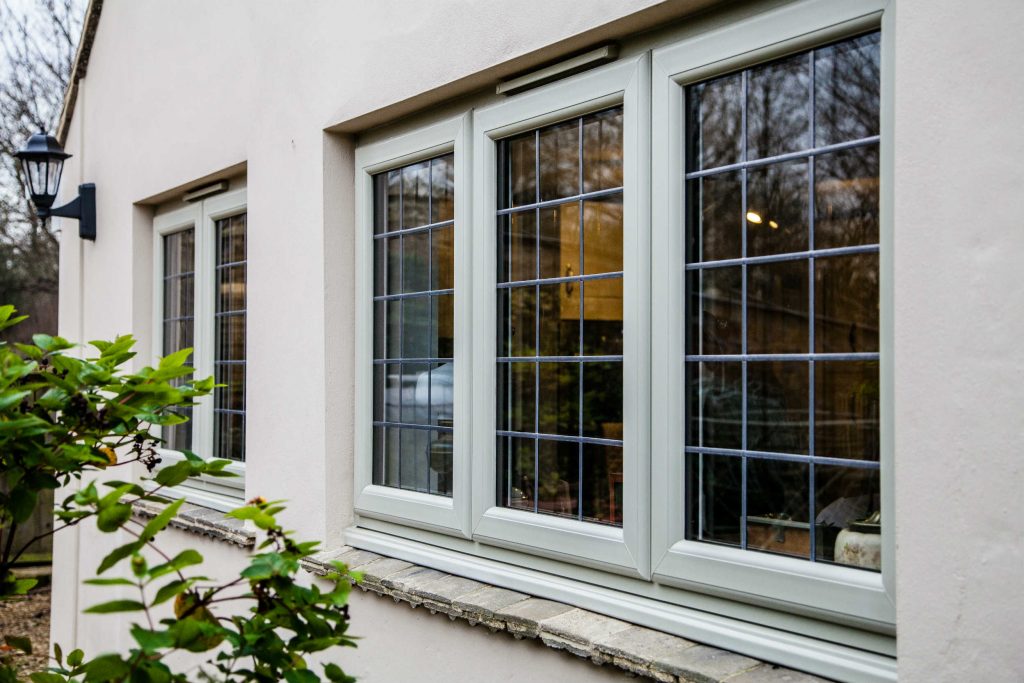All Categories
Featured
Table of Contents
How Are Double Glazed Windows More Energy Efficient? in Pearsall WA
Glazing just means the windows in your house, including both openable and fixed windows, as well as doors with glass and skylights. Glazing really just indicates the glass part, however it is generally utilized to describe all elements of an assembly consisting of glass, films, frames and home furnishings. Focusing on all of these elements will assist you to accomplish effective passive style.

Energy-efficient glazing makes your house more comfortable and dramatically decreases your energy costs. Improper or poorly developed glazing can be a significant source of unwanted heat gain in summer season and significant heat loss and condensation in winter season. As much as 87% of a house's heating energy can be gained and as much as 40% lost through windows.
Double Glazing Vs Triple Glazing For Windows (2023) in Upper Swan WA
Glazing is a considerable investment in the quality of your house. A preliminary investment in energy-efficient windows, skylights and doors can considerably decrease your annual heating and cooling expense.

This tool compares window choices to a base level aluminium window with 3mm clear glass. Understanding a few of the crucial properties of glass will help you to choose the best glazing for your home. Key properties of glass Source: Adjusted from the Australian Window Association The quantity of light that goes through the glazing is called visible light transmittance (VLT) or noticeable transmittance (VT).
Single Glazed Vs Double Glazed Windows - Ultimate Guide in Mount Nasura Western Australia
The U worth for windows (revealed as Uw), explains the conduction of the whole window (glass and frame together). The lower the U value, the greater a window's resistance to heat circulation and the better its insulating worth.
If your house has 70m2 of glazing with aluminium frames and clear glass with a U worth of 6. 2W/m2 C, on a winter season's night when it is 15C cooler outside compared with inside, the heat loss through the windows would be: 6. 2 15 70 = 6510W That is equivalent to the overall heat output of a big space gas heater or a 6.
Glass & Glazing - Easy Windows Upvc Double & Triple ... in Nollamara Western Australia
If you choose a window with half the U worth (3. 1W/m2 C) (for instance, double glazing with an argon-filled space and less-conductive frames), you can halve the heat loss: 3. 1 15 70 = 3255W The solar heat gain coefficient (SHGC) for windows (expressed as SHGCw) determines how readily heat from direct sunshine streams through an entire window (glass and frame together).
The lower a window's SHGC, the less solar heat it transfers to your home interior. Glazing manufacturers declare an SHGC for each window type and design. Nevertheless, the real SHGC for windows is impacted by the angle that solar radiation strikes the glass. This is called the angle of incidence.
Faq in Calista Perth
When the sun is perpendicular (at 90) to the glass, it has an angle of occurrence of 0 and the window will experience the maximum possible solar heat gain. The SHGC declared by glazing manufacturers is always calculated as having a 0 angle of occurrence. As the angle increases, more solar radiation is reflected, and less is transmitted.
Latest Posts
Window Glazing For Households - Energy in Millendon Western Australia
Best Double Glazing Brighton Archives in East Victoria Park Perth
Double Glazed Windows Sydney in Duncraig WA